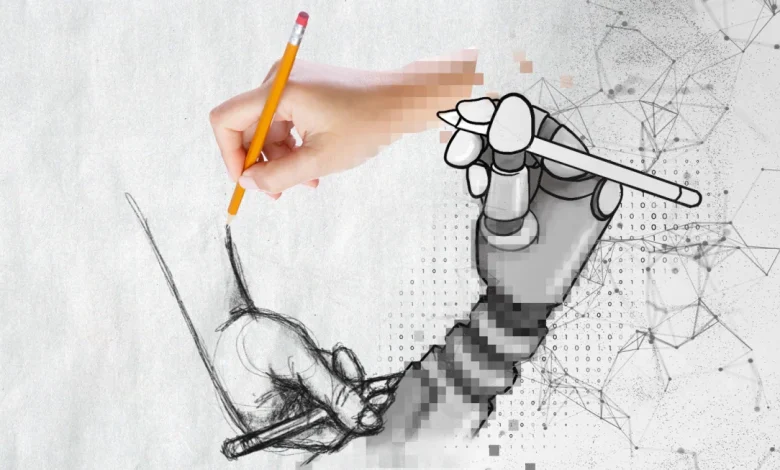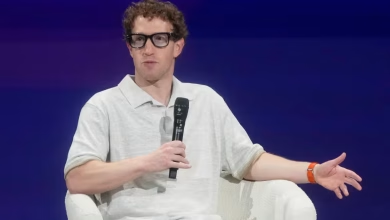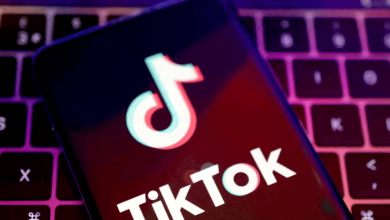The Comic Book Industry Faces New Challenges Amid AI Integration
From Capes to Code: Will AI Nick the Comics or Just Chuck a Sickie?

The comic book industry, historically resilient through various upheavals, now confronts a new frontier: the integration of artificial intelligence (AI). While some creators embrace AI for its potential to enhance productivity, others express concerns over job security and intellectual property rights.
Embracing AI for Efficiency
Veteran comic book creator Jim Starlin, known for his work on characters like Thanos, has announced plans to incorporate AI into his upcoming projects. Starlin views AI as a tool to expedite the creative process, allowing artists to manage multiple projects simultaneously. He likens resistance to AI to historical opposition to technological advancements.
Similarly, WEBTOON Entertainment, a leading digital comics platform, has highlighted its development of AI tools aimed at reducing the workload for creators. In its SEC filing, the company detailed products like ‘Shaper,’ which utilizes AI to transform sketches into 3D models, streamlining the illustration process.
Concerns Over Job Displacement and IP Rights
Despite the potential benefits, many artists voice apprehension about AI’s impact on employment and intellectual property. Amy Reeder, an established artist with credits at Marvel and DC, suspects that AI-generated content influenced hiring decisions, potentially costing her job opportunities.
Steve Ellis, an industry veteran and art educator, warns that AI could create barriers for emerging artists by eliminating entry-level opportunities crucial for skill development.
Moreover, concerns about AI’s use of existing artwork without consent have been raised. Artists like Ben Caldwell argue that AI proponents may inadvertently support movements that undermine small creators’ rights by utilizing their work without proper attribution or compensation.
Legal Perspectives and Industry Adaptation
Legal experts emphasize the need for clear guidelines and protections as AI becomes more prevalent in creative industries. Jeff Trexler, interim director of the Comic Book Legal Defense Fund, draws parallels between current AI challenges and past issues like digital piracy, suggesting that licensing frameworks could offer solutions.
Attorney Thomas Crowell, known for his work with comic book creators, advocates for contractual clauses that prevent the unauthorized use of artists’ work in AI training datasets. He stresses the importance of educating clients on the implications of adopting AI technologies without adequate safeguards.
Industry Outlook
The integration of AI into the comic book industry presents both opportunities and challenges. While it offers tools to enhance productivity and streamline workflows, it also raises significant concerns regarding employment, artistic integrity, and intellectual property rights. As the industry navigates this evolving landscape, balancing innovation with the protection of creators’ rights remains paramount.
Key Developments in AI Integration within the Comic Book Industry
| Aspect | Details |
|---|---|
| Adoption by Creators | Jim Starlin plans to use AI in future projects to increase productivity. Source |
| Platform Initiatives | WEBTOON is developing AI tools like ‘Shaper’ to assist creators in reducing drawing time. Source |
| Employment Concerns | Artists like Amy Reeder express fears of job displacement due to AI-generated content. Source |
| Legal Considerations | Legal experts advocate for contractual protections against unauthorized use of artwork in AI training. Source |
| Industry Adaptation | Comparisons drawn between current AI challenges and past digital piracy issues, suggesting licensing as a potential solution. Source |
As AI continues to influence the comic book industry, stakeholders must engage in ongoing dialogue to ensure that technological advancements do not come at the expense of creative professionals’ livelihoods and rights.



